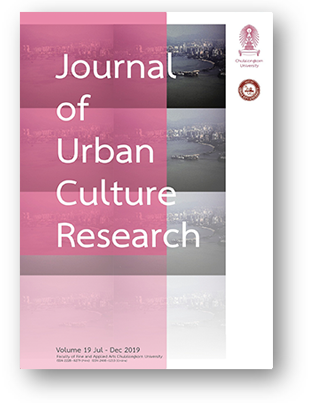The Samoreang Community’s Rehabilitation Project
DOI:
https://doi.org/10.14456/jucr.2019.9Keywords:
Community Rehabilitation, Tourism, Sustainable Development, Intangible Culture, Tangible Culture, Thailand, Quality of Life, Cultural TourismAbstract
Samoreang is a historical community in the “Hua Hin” region of Thailand’s Prachuap Khiri Khan Province. It is an unique fishing community and famous resort with historical value. Recently it has come under business and land use pressures that are negatively impacting resident’s quality of life. The objective of this project is to fortify the community’s input to guide the administration’s support of sustainable economic development and architectural preservation. A community driven organization named the Samoreang Preservation Group – SPG was created to produce a database of the region’s historical roots with its architectural and socio-cultural assets. The project resulted in the following: (1) The SPG provided input and guidance on the local administration’s development plan in the areas of quality of life concerns, balancing developmental pressures, preserving the fisherman’s way of life, seafood production, intangible cultural resources, and architectural preservation. (2) Cultural tourism of its tangible and intangible assets via fisherman homestays & workday experiences, architectural photography, tours re-tracing historical routes, living museums, traditional foods & its production were proposed as a sustainable development pathway. The creation of the Samoreang Preservation Group provided a foundational inventory of the regions assets upon which sound decisions for future development can be based. Additionally, it established a formal communication pathway for the residents to be involved in the local administration’s decision making process.
Downloads
Published
How to Cite
Issue
Section
License
Authors authorize the JUCR to publish their materials both in print and online while retaining their full individual copyright. The copyright of JUCR volumes is retained by Chulalongkorn University.
The views and opinions expressed herein are those of the individual author(s) and do not necessarily reflect the policies or opinions of the Journal (JUCR), it editors and staff, Chulalongkorn University, or Osaka Metropolitan University.







